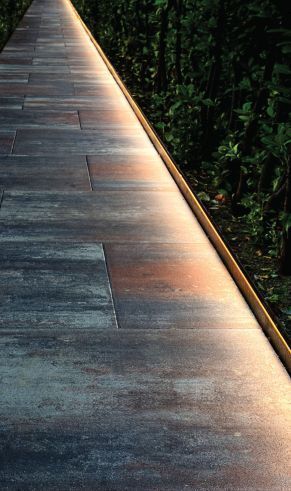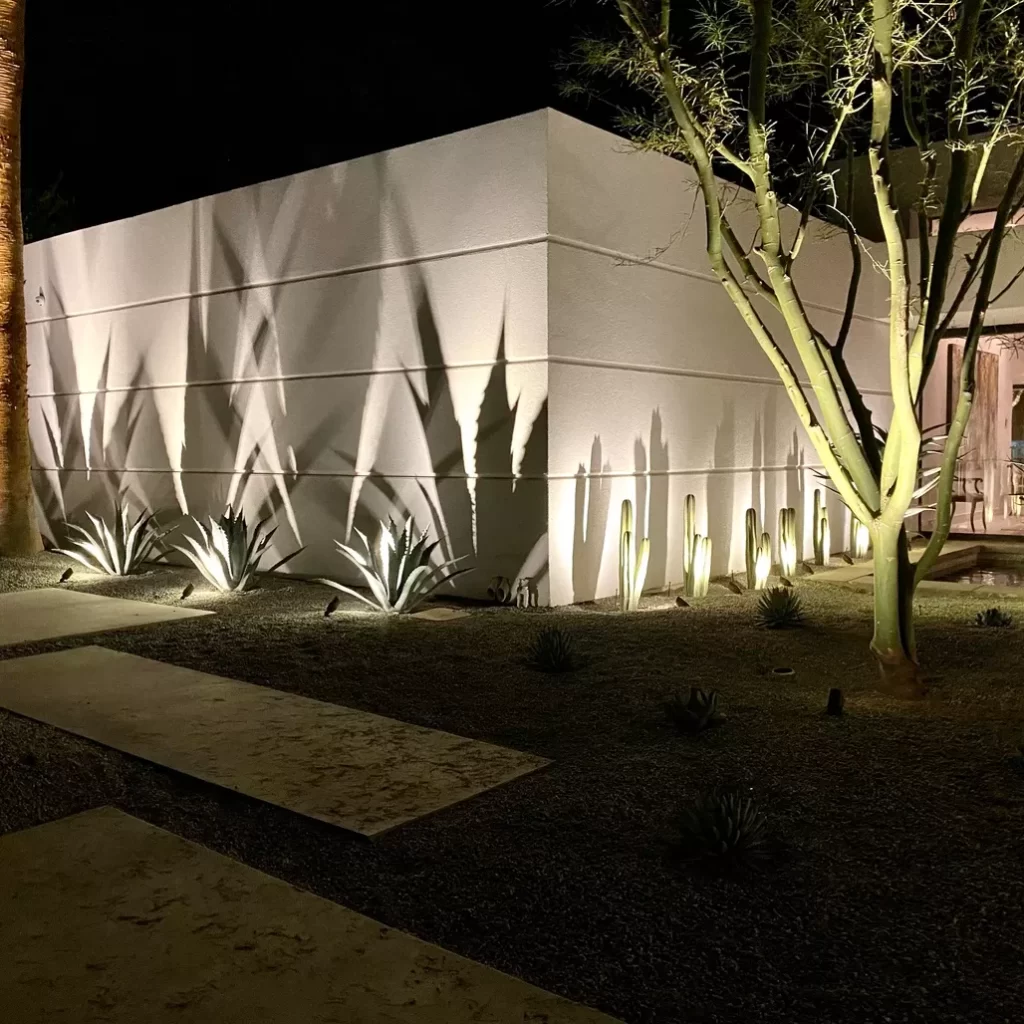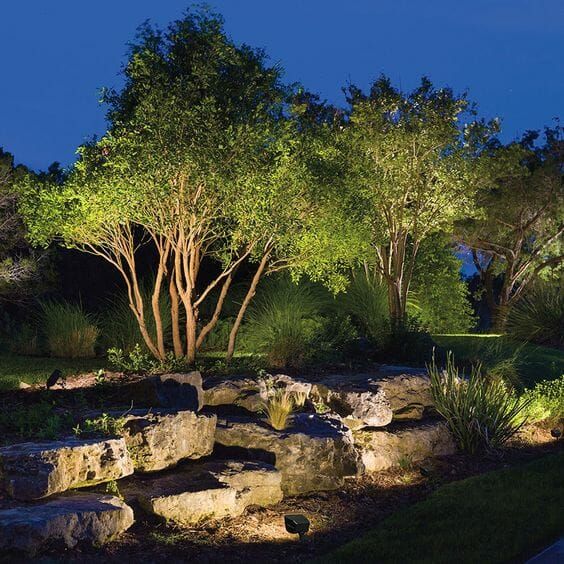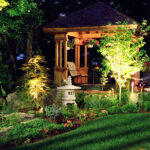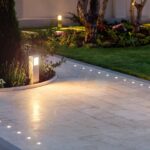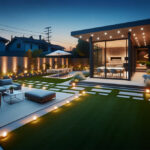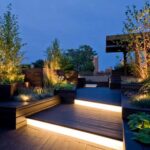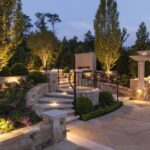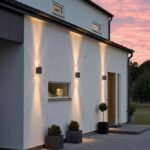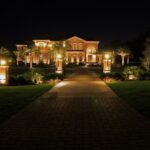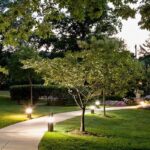Landscape lighting design is an essential element in creating an ambience and enhancing the overall appearance of outdoor spaces. Properly designed lighting can transform a dull and dark outdoor area into a warm and inviting space that can be enjoyed during the day and night. When it comes to landscape lighting, there are several key factors to consider in order to achieve the desired effect.
One important aspect of landscape lighting design is the choice of fixtures. There are a variety of lighting fixtures available, from path lights to spotlights to accent lights. Choosing the right fixtures for the specific purpose and location is crucial for achieving the desired effect. Path lights can be used to illuminate walkways, while spotlights can highlight key features such as trees, statues, or architectural elements.
In addition to the type of fixtures, the placement of the lights is also crucial in landscape lighting design. Properly placed lights can create depth and dimension in the outdoor space, highlighting key features while also providing safety and security. Strategic placement of lights can create focal points, guide the eye, and create a sense of balance and harmony in the landscape.
Another important consideration in landscape lighting design is the use of different lighting techniques. By using a combination of uplighting, downlighting, and cross lighting, designers can create a layering effect that adds depth and visual interest to the outdoor space. Uplighting can create a dramatic effect by highlighting trees or architectural features from below, while downlighting can provide ambient lighting and illuminate pathways and seating areas.
The overall ambiance and mood of the outdoor space can also be influenced by the color and intensity of the light. Warm, soft lights can create a cozy and inviting atmosphere, while cool, bright lights can create a more modern and sophisticated look. By carefully selecting the color temperature and intensity of the lights, designers can create the desired mood and ambiance in the outdoor space.
Finally, it is important to consider the practical and functional aspects of landscape lighting design. Lighting should not only enhance the visual appeal of the outdoor space but also provide safety and security. Well-lit pathways, stairways, and entrances can prevent accidents and enhance the overall usability of the space. Additionally, the use of energy-efficient LED lights can reduce energy consumption and maintenance costs, making landscape lighting both eco-friendly and cost-effective.
